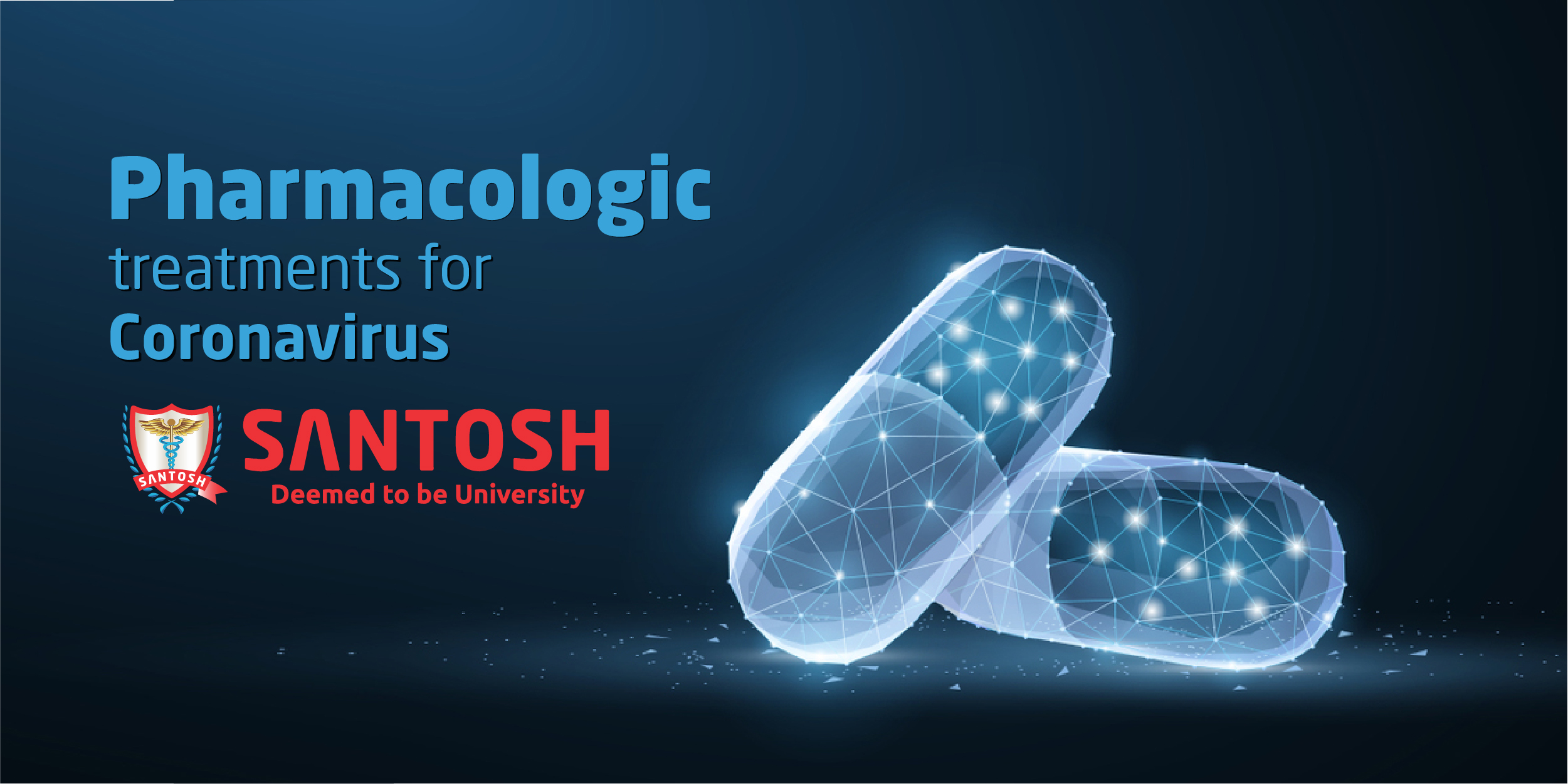
The Pandemic of Coronavirus disease COVID-19 cause by the novel severe acute respiratory syndrome, Coronavirus-2(SARS-COV-2) began in Wuhan City from Sea food and butchery market,a City in Hubei Province of China,in end of the year 2019.
It was found to be transmitted in Human being by Bat-Soup.
It rapidly spread resulting in epidemic throughout China and then gradually spreading to other Countries of the World.
It has affected almost every Continent in this world except Antartica.
It become Pandemic Killing 1.91 Million People in entire World,Total number of affected people is 27.37 Million ,Total number of Active case is 17.94 Million People and Total number of People Recovered is 7.52 Million.
Total number of Case of COVID-19 in India is 23,502 , Total number of Active Case is 17,768 ,Total number of recovery is 5,012 and total number of death in India is 722.
Cases are less in Our Country is less in Comparison to U.S.A,Europe and China. Casuality is also very less due to 2 Lockdown by Our Prime Minister Mr. Narendra Modi.
There is no Specific Antiviral Treatment Recommended for COVID-19 and Vaccine Currently available.Information is Provided by Some of the more Popular Drugs,Which are being used by Some Medical Practitioners.
Treatment depends on Severity of Illness-
1. Mild-asymptomatic without any risk factor,mild symptoms-nasal discharge,headache,malaise,congestion of eyes,shore throat.
2. Moderate-Dry Cough,dysponea,haemoptysis,hypoxaemia,infiltrates/consolidation on chest x-ray/ct scan.
3. Critical illness- Extreme dysponea,multilobar bilateral lung consolidation,septic shock and multiple organ failure.
Plan of Treatment-
Moderate-
Critical illness-
Some of the most promising drugs of COVID-19 are reviewed like:
Pharmacologic treatments for Corona virus
There is an unprecedented challenge to identify effective drugs for the prevention and treatment of pandemic of corona virus disease 2019 (COVID-19) caused by the novel severe acute respiratory syndrome corona virus 2 (SARS-CoV-2). Clinicians need accurate evidence regarding effective medical treatments for this infection. According to the observations, no proven effective therapies for this virus currently exist. The greatest global public health crisis of this generation is this COVID-19 pandemic. There have been more than 1.2 million reported cases and 69 000 deaths in more than 200 countries as of April 5, 2020. This virus originated from bat-derived corona viruses with spread via an unknown intermediate mammal host to humans. Based on its genetic proximity it is similar to severe acute respiratory syndrome corona virus (SARS-CoV) and Middle East respiratory syndrome corona virus (MERS-CoV).
There is no evidence from randomized clinical trials (RCTs) that any potential therapy improves outcomes in patients with either suspected or confirmed COVID-19 currently. There are more than 300active clinical treatment trials that are underway. Agents which were previously used to treat SARS and MERS are potential candidates to treat COVID-19. From them, some of the most promising repurposed drugs for COVID-19 are reviewed like:
Current Clinical Treatment Experience and Recommendations
Outside the few clinical trials mentioned the published clinical treatment experience, mostly consists of descriptive reports and case series from China and other countries which got affected early in this pandemic. Outcomes including case-fatality rates must, therefore, be interpreted with caution given the presence of confounding and selection bias along with the shifting demographics, testing, and treatment approaches. According to the current World Health Organization (WHO), clinical management guidance document (as of March 13, 2020) “there is no current evidence to recommend any specific anti-COVID-19 treatment for patients with confirmed COVID-19". The role of supportive care based on the severity of illness, ranging from symptomatic treatment for the mild disease to evidence-based ventilatory management for ARDS and early recognition and treatment of bacterial infections and sepsis in critically ill patients is emphasized by the guidance.
Frequently Asked Questions
•Are there any medical therapies been definitively shown to improve outcomes in a patient with COVID-19?
There are no medical therapies that have been definitively shown to improve outcomes in patients with COVID-19 at this time. Vitro activity against the SARS-CoV-2 virus or potential clinical benefits in observational or small, nonrandomized studies have however been demonstrated by a number of drugs. There is a need to establish the efficacy of the proposed therapies by the adequately powered randomized clinical trials which are currently enrolling.
•Should drugs like hydroxychloroquine and/or azithromycin be prescribed for patients with severe symptoms from COVID-19?
Especially in the case of severe diseases, the documented benefit of hydroxychloroquine with or without azithromycin is very limited. Prior to the widespread adoption of these treatments, their benefits need to be established with randomized clinical trials even though these medications, individually or in combination, may prove efficacious.
•Should ARBs/ACE inhibitors be stopped in older patients and those at high risk for severe illness from COVID-19?
The continuation of ACE inhibitors or ARB medications for all patients already prescribed those medications for another indication is recommended by major institutions and societies like the Centers for Disease Control and Prevention, the American Heart Association, the Heart Failure Society of America, and the American College of Cardiology. A link between the use of these medications with an increased risk of COVID-19 acquisition or illness severity has currently been established by no human evidence.
•How to decide if a patient with COVID-19 needs a specific treatment or should receive only supportive care?
If they qualify the priority should be to enroll a patient in a clinical trial. Patients who are stable as an outpatient or have no evidence of oxygen requirement or pneumonia by imaging can generally be managed with supportive care alone in the case clinical trial is not possible.
Conclusion
The greatest global public health crisis of this generation and, potentially, since the pandemic influenza outbreak of 1918 is represented by the COVID-19 pandemic. Both the need and capability to produce high-quality evidence even in the middle of a pandemic have been highlighted by the speed and volume of clinical trials launched to investigate potential therapies for COVID-19. But no therapies have been shown effective to date.